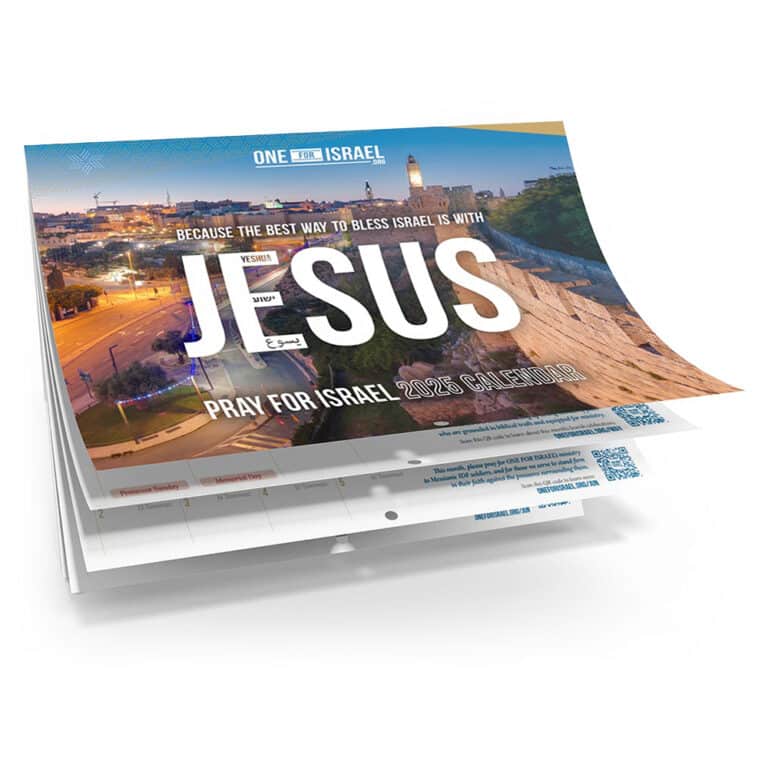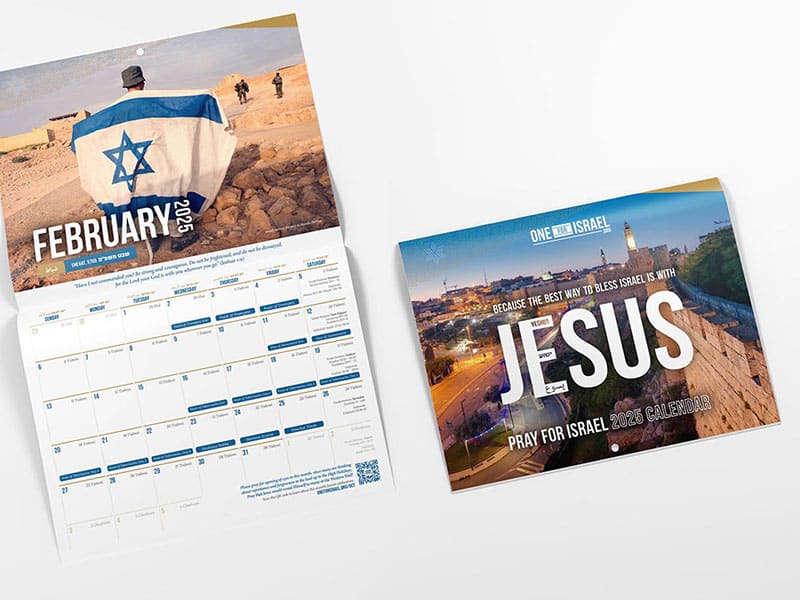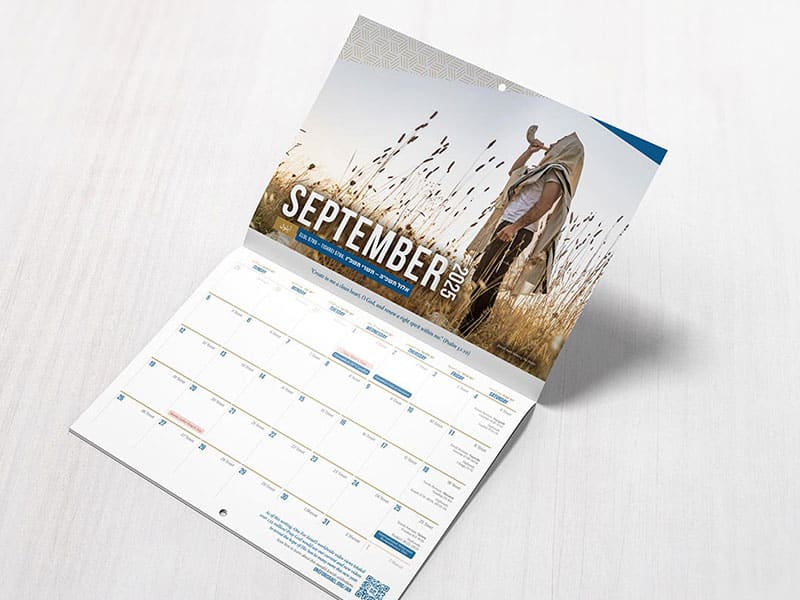An article in the Jerusalem Post described Lag B’Omer as, “The springtime holiday that became a celebration upon a grave”. Damning words from a Jewish publication, but that is what it is. Every year, bonfires are lit up and down the country and thousands gather to celebrate by the grave of a Kabbalistic rabbi on the eve of Lag B’Omer. It is not good. But let’s explore what it is, how it all started, and what believers can make of it today.
Lag What?
The day of Lag B’Omer marks a point in the season of “Counting of the Omer”. Between Firstfruits (the day after the Shabbat after Passover) up to the Feast of Weeks, Shavuot, we count fifty days, or seven weeks. God’s people have been doing this counting business at this time of year since God commanded it in the Torah:
“You shall count seven full weeks from the day after the Sabbath, from the day that you brought the sheaf of the wave offering. You shall count fifty days to the day after the seventh Sabbath. Then you shall present a grain offering of new grain to the Lord.” (Leviticus 23:15-16)
This counting is supposed to all point towards and lead up to the Sunday of Pentecost, from the Greek word for 50 (pente), after counting 50 days. And what is this “omer” business? It’s a measure of grain. Lag B’Omer refers to the 33rd day out of the 50 days of Counting the Omer. And why are we pausing on the 33rd day? Well that’s where it starts getting grievous. You can read more about the history here, but basically, it’s not biblical.
There are a couple of different stories, but suffice to say, Lag B’Omer involves famous rabbis and traditions which stand in stark opposition to Jesus. And stretching out on the graves of the dead in hope of infusing some of their spirit. Not a good idea.
More important for our purposes now is what Lag B’Omer has become today, and how we can pray about it.
Lag B’Omer and Mount Meron
Today, hundreds of thousands of Orthodox Jews go to the Galilee gathering, to the tomb of a second-century rabbi—Shimon Bar-Yochai—on Mount Meron near Safed. One year the crowding was so bad that 45 people lost their lives, and today no insurance company will cover the event as a result. Shimon Bar-Yochai is seen as the patriarch of Kabbalah, a dark form of Jewish mysticism, but in the sixteenth century, in that town of Safed, there was a movement of New Kabbalists who twisted the faith of Abraham, Isaac, and Jacob completely beyond recognition. These kabbalistic rabbis recommended trying to acquire spirits from the graves of famous rabbis, and much of their practice and liturgy smacks of straight-up witchcraft to the discerning. Whether it was “mentor angels” that contradicted Scripture in the middle of the night, automatic handwriting, or other such sketchy occurrences, ungodly phenomena and beliefs were common in that movement. They taught that sparks of God were scattered by the creation event and were in need of regathering, and that the world needed to be fixed by good deeds (like perfectly keeping Shabbat) before the Messiah could come. This is a complete and utter inversion of the truth. The truth is that we cannot keep God’s law, we are sinful, and we in need of salvation by the Messiah. God is fine, and does not need our help—it’s the other way around. Unfortunately, due to the printing press being invented shortly before that time, these heresies reached the entire Jewish world and have become integral to Orthodox Judaism today.
Even now, many Jewish people believe in reincarnation (rather than one judgement then eternal life and death) as a direct result of this Kabbalist movement.
How to pray
The Meron celebration must pain God’s heart greatly. Even though much of the teaching from sixteenth-century Safed still permeates Judaism in general, the Jerusalem Post article even wonders that such a pagan event could be found within Judaism today:
“One can imagine Moses watching this feast and responding the way he did when the sight of the pagan celebration at Mount Sinai’s foothills made him shatter the tablets.”1
After describing the importance of mountains and the dangers of pagan worship of the dead, the Jewish publication explains,
“People, including Jews, want to worship what they can see, hear, smell and feel. That’s why pagans made so much of fire, and that is why fire plays such a central role on Mount Meron, where competing rabbis festively kindle bonfires separately, each for his own blind followers. The same pagan spirit is what makes so many people replace the Jewish journey to God and His laws with a journey to the bricks above a dead man’s bones, the bricks on which they sprinkle oil and throw candles, seeking this way not the meaning of life but the spirit of death.”
In short, not good. How can we pray?
- Please pray for more Jewish people, like the author of this article in the Jerusalem Post, to see through the darkness and lies—that this pagan idolatry would be exposed for what it is.
- Pray that there would be a great hunger and thirst for truth among God’s chosen people and that Jewish people would become open to the Gospel of Jesus.
- Please pray for revelation, repentance, and restoration. God promises to meet us when we turn to Him.
For I the Lord do not change; therefore you, O children of Jacob, are not consumed. From the days of your fathers you have turned aside from my statutes and have not kept them. Return to me, and I will return to you, says the Lord of hosts.
(Malachi 3:7)
- Jerusalem Post, Idolatry: the Jewish Version, Amotz Asa-el, May 5, 2023















